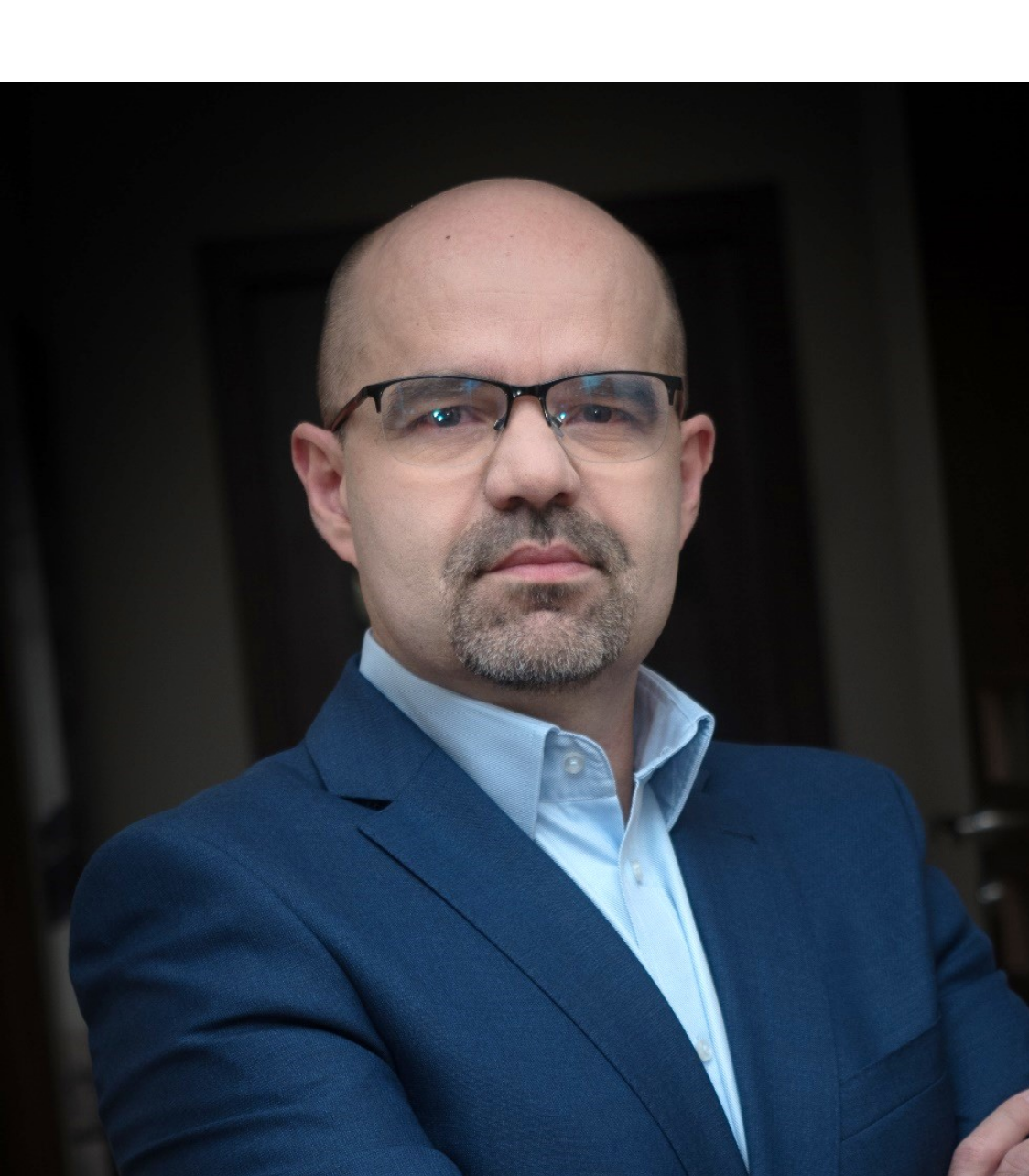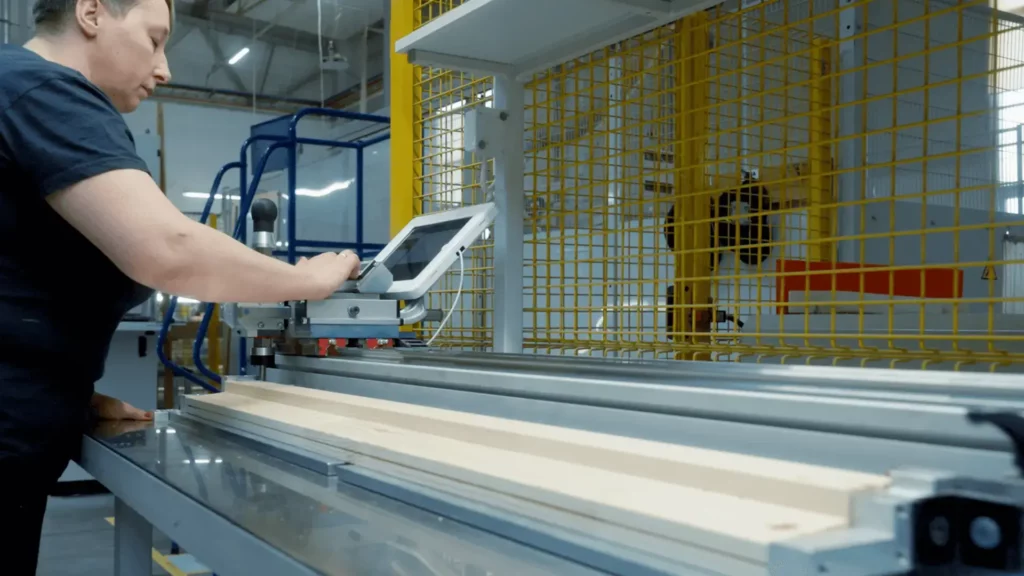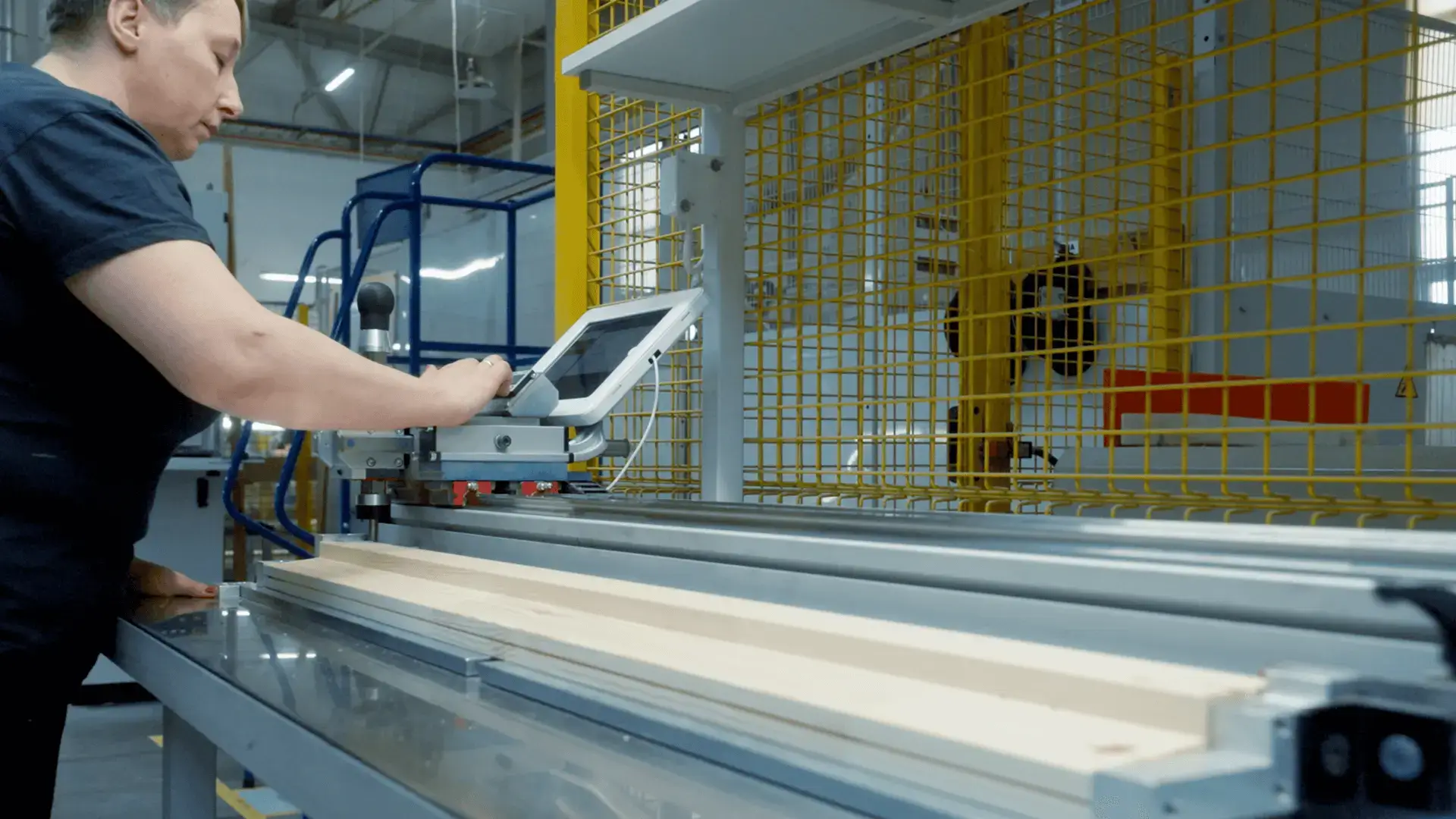
Manufacturing Utilities in the Age of Digital Revolution, Part 2: Smart Energy Management Systems

Tomasz Ziąbka
Chairman of the Board at ABZ Consulting Sp. z o.o.

Grzegorz Fijałka
Saving energy is a wise investment. Large industrial facilities, burdened with substantial costs for manufacturing utilities, recognize that even minor adjustments can result in significant savings. Better results can be achieved by addressing the issue comprehensively, or even strategically, by focusing on deliberate and systematic initiatives to enhance energy efficiency within the company.
A few years ago, when discussing the subject of improving energy efficiency with companies, the economic aspect was the crucial factor influencing decision-making. The priority was simply lower energy bills.
Today, emphasis is placed on the changing climate and growing awareness on the matter. This is coupled with various legal requirements that significantly impact the operations of businesses, especially those in manufacturing. Additionally, the aspect of social responsibility is gaining importance for an increasing number of companies. Numerous large corporations serve as an example, setting ambitious goals, such as achieving zero emissions by 2050.
Certainly, the economic aspect still remains crucial. Over the next 10-20 years, Poland will need to allocate substantial funds in energy transformation. Despite continuous efficiency improvements, the demand is rising rapidly. Therefore, there is no indication in the long run that the utility prices will significantly decrease.
What are other reasons to monitor power utilities? Simply because we can, and there are benefits to be gained. New technologies provide increasingly sophisticated tools, simplifying the monitoring and analysis of utility consumption, thereby enhancing effectiveness. Furthermore, aspects related to green energy present additional opportunities. Numerous support programs are available for such purposes, offering financial assistance.

In the realm of improving energy efficiency, two primary strategies stand out, commonly adopted by most firms with considerable success.
Strategy one: “plan and execute” involves the planning of singular initiatives aimed at boosting energy efficiency. It may also include individual investments in renewable energy sources. The strategy yields a one-time exponential effect that endures over the long term. While the process of planning and executing should be periodically repeated, many companies operate in this manner and the approach proves effective for them.

Strategy two: steady and incremental improvement of energy efficiency encompasses a comprehensive energy management system, such as the ISO 50001 standard or the implementation of increasingly intelligent energy management systems like Smart Monitoring, automation, and process optimization.

ISO 50001 is an international standard setting benchmarks for energy management, recognized by experts as the best and most effective. By precisely specifying requirements and usage recommendations, it enables continuous improvement in energy efficiency and energy conservation for businesses.

The ISO 50001 standard is applicable to various organizations, regardless of size, proving particularly crucial in energy-intensive industries and wherever strict adherence to greenhouse gas emission regulations is required.
The benefits of implementing ISO 50001 are not limited to improving energy efficiency and reducing energy costs. They encompass a positive impact on the environment, oversight of energy management within the company, and compliance with legal requirements. ISO 50001 can function independently or be integrated with other systems.
Operating with ISO 50001 demands significant competencies from a company. A simpler solution based on the same model is the Smart Energy Management System (SEMS). In contrast to ISO 50001, such systems already embed knowledge typical to recurring energy areas in many companies.
The smart EMS operates in a closed cycle similar to ISO 50001. On starting the monitoring system, the data learning process should be initialized based on the introduced data. Subsequently, the knowledge is utilized to establish base values, outcomes of the system’s learning, and planned values, expectations, and goals.
The SMES should generate automatic recommendations, guidelines, alerts, and alarms. The analysis of acquired data and the implementation of system recommendations result in improved energy efficiency.

Smart Energy Management Systems utilize embedded knowledge. An SMES can “automatically” operate in various areas: heating, ventilation, lighting, compressed air, photovoltaic, DHW, and water pumps. Immediately after connecting to the system and downloading data, it can assess the energy class of a specific energy area.
How do you recognize a well-crafted system? Primarily, it must yield benefits. The main features of an effective system include:
- monitoring key energy areas and ongoing cost monitoring – the cornerstone available in virtually every solution.
- information on failures and anomalies – enabling a prompt reaction.
- translating data into more understandable KPIs – allowing discussions about clear and simple indicators rather than power waveforms.
- evaluation based on classification tables or embedded algorithms – enabling the system to generate some recommendations automatically.

In the context of SMES a common question arises: how much can be saved with such a solution, and how will it improve energy efficiency?
According to the European standard PN-EN 15232, which defines the system’s starting point and the desired outcome, there are four levels:
- Class D – Systems that do not impact energy efficiency.
- Class C – Standard systems with central control.
- Class B – Advanced control and regulation systems.
- Class A – BACS systems characterized by high energy efficiency with full functionality of technical management, precise control, and regulation.
Depending on the initial class and the desired outcome, savings can range from 5% to even 40%.

The level of savings may vary among different energy areas, but the experience of businesses that have implemented such solutions clearly shows that effective monitoring and data processing can yield tangible savings.
The aforementioned legal requirements related to the EU energy policy impose obligations and restrictions on Polish companies but also provide opportunities to receive financial support for transformation. It is noteworthy that Poland has negotiated substantial sums, and if nothing changes, this funding should begin to flow by the end of this year.
In August, an ecological loan will be launched under the European Funds for Modern Economy program. Additionally, the so-called White Certificates based on the Energy Efficiency Act are another form of support available to businesses. These energy performance certificates allow obtaining around PLN 2,100-2,200 for every 11.63MWh of energy saved.

Various other programs have been announced for the end of 2023 and the following years. While we don’t have any details yet, it is undoubtedly worth taking the available funding into consideration when planning energy transformation initiatives.

The process of achieving the highest energy efficiency can be summarized in seven steps. The initial four are based on the plan-execute strategy, involving planning and implementing single initiatives. It is beneficial to introduce new initiatives once every 3 or 4 years.
Comprehensive implementation is crucial to avoid conflicts between different initiatives. Sometimes, companies focus too much on one area, neglecting the potential in others. Therefore, the decision on this approach should be followed by a full assessment, planning specific initiatives, applying for funding and then moving on to implementing the next steps.
The next step is monitoring and automation. At this stage, monitoring systems and systems for energy efficiency control become valuable solutions.
An even higher level is occupied by the implementation of a full system with a defined standard, such as ISO 50001, or using guidelines for smarter and more intelligent monitoring systems.

Chairman of the Board at ABZ Consulting Sp. z o.o.
Chairman of the Board at ABZ Consulting Sp. z o.o.
Tomasz Ziąbka has over 20 years of managerial experience within industries related to modern technologies and energy aspects, with a particular focus on energy efficiency. He is recognized as a KSU expert in the fields of innovative projects and energy efficiency. Tomasz graduated from the Faculty of Electronics and Electrical Engineering at the Lodz University of Technology, holding a Master of Science degree in Automation and Robotics. Additionally, he is a graduate of the MBA program, accredited by the University of Lodz and the University of Maryland. Tomasz has personally overseen the successful completion of several dozen auditing and advisory projects, specializing in the energy efficiency of large enterprises.

Grzegorz Fijałka completed his studies at the Faculty of Mechanical Engineering at Cracow University of Technology, specializing in Automation of Manufacturing processes). He also holds postgraduate degrees in production management from Tischner European University in Cracow, as well as risk management, forecasting, strategic planning and foresight from Collegium Civitas in Warsaw. Grzegorz is an expert in industrial software, 4.0 technology, and Digital Transformation Roadmap for Manufacturing, among others.
Throughout his career, he has held various positions, ranging from Technical Support and Sales Specialist, through coaching and Project Manager, all the way to the President of ASTOR Consulting, developed from the Account Management formula at ASTOR. Currently, as a Partner at ImFactory, he is responsible for the company’s overall business development. He is passionate about exploring new technologies, fostering creative ideas and embracing agile operations.
See also
Want to learn more? Visit our Knowledge Base, where you'll find articles and webinars by experts to expand your knowledge.
Check if Digital Transformation is the Answer to Your Company's Needs
The Free Consultation Process:


































